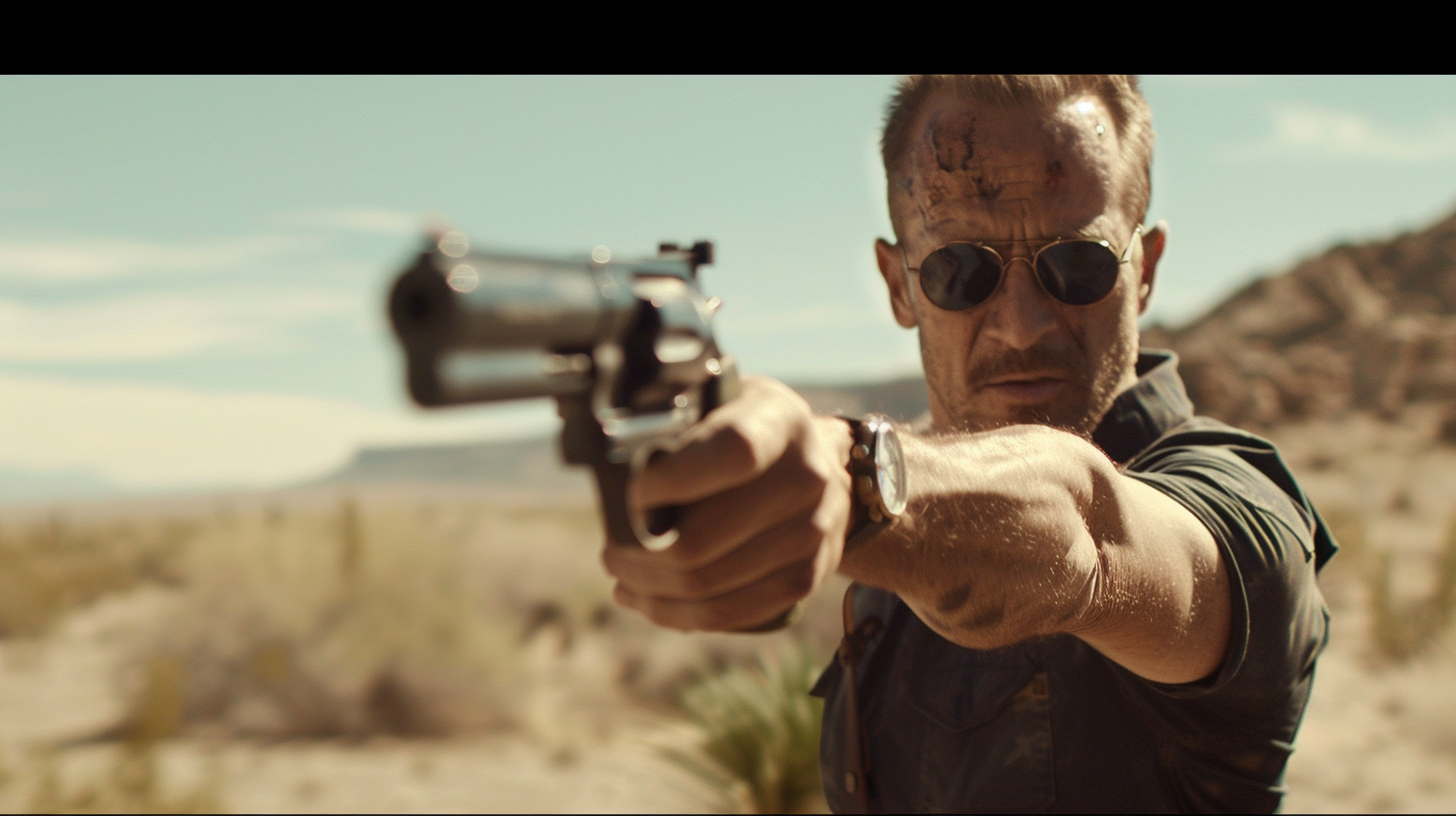- Home
- Screenwriting
- Crafting Action Movie Dialogue: A Guide to Wit and Grit
 Crafting Action Movie Dialogue: A Guide to Wit and Grit
Crafting Action Movie Dialogue: A Guide to Wit and Grit
Action movies are a genre that thrives on kinetic energy, daring stunts, and compelling characters. But what elevates an action movie from good to unforgettable? Often, it’s the dialogue. Crafting action movie dialogue is a balancing act between wit and grit, ensuring each line delivers impact, drives the narrative, and defines characters. This guide explores the art of writing dialogue for action movies that resonates with audiences.
The Foundations of Action Movie Dialogue
Before diving into the intricacies of dialogue writing, it’s essential to understand the foundations. Action movie dialogue must always serve the story and the characters. Every line should have a purpose, whether it’s to advance the plot, reveal character, or provide necessary exposition. Moreover, the dialogue in action films must complement the pace of the movie; it should be concise, impactful, and, above all, memorable.
Striking a Balance: Wit and Grit
The heart of action movie dialogue lies in its ability to oscillate between wit and grit. This delicate balance is what gives action movies their unique flavor, combining humor and toughness in a way that few other genres can.
Injecting Wit
Wit in action movies often comes in the form of one-liners, quips, and banter. These elements of humor can provide necessary relief in tense situations, endear characters to the audience, and even serve as memorable catchphrases. However, the key is subtlety; wit should never undercut the gravity of a situation or character. Instead, it should highlight their resilience, intelligence, or charm.
Infusing Grit
Grit, on the other hand, encompasses the toughness and resilience of characters. It’s reflected in the dialogue through determination, succinctness, and sometimes, a touch of vulnerability. Gritty dialogue doesn’t shy away from the reality of the action unfolding on screen; instead, it acknowledges it, giving characters depth and the narrative stakes. Crafting gritty dialogue involves striking a balance between showcasing strength and humanizing characters, making them relatable and real.
Techniques for Crafting Effective Dialogue
Show, Don’t Tell
In action movies, dialogue that shows rather than tells is crucial. Avoid expository dialogue that simply explains what’s happening. Instead, use dialogue to reveal character motivations, relationships, and conflicts in a way that feels natural and engaging. Let the audience piece together the story through what the characters say (or don’t say) and how they say it.
Rhythm and Pacing
The rhythm of dialogue in action movies can significantly affect the pacing of the film. Quick exchanges can heighten tension and excitement, while longer, more deliberate dialogue can provide moments of introspection or character development. It’s essential to find the right rhythm for each scene, ensuring that the dialogue complements the action without slowing it down.
Character Voice
Each character in an action movie should have a distinct voice that reflects their personality, background, and motivations. This differentiation not only makes the characters more memorable but also adds depth to their interactions. When crafting dialogue, consider how each character’s unique voice can add to the wit and grit of the overall narrative.
Conclusion
Crafting dialogue for action movies involves a careful blend of wit and grit, serving the dual purposes of character development and engaging storytelling. Through purposeful, character-driven dialogue that balances humor with toughness, writers can elevate their action movies from merely entertaining to truly unforgettable. Remember, the most memorable action movie lines are those that resonate with audiences, encapsulating the essence of the film in a few well-chosen words.






